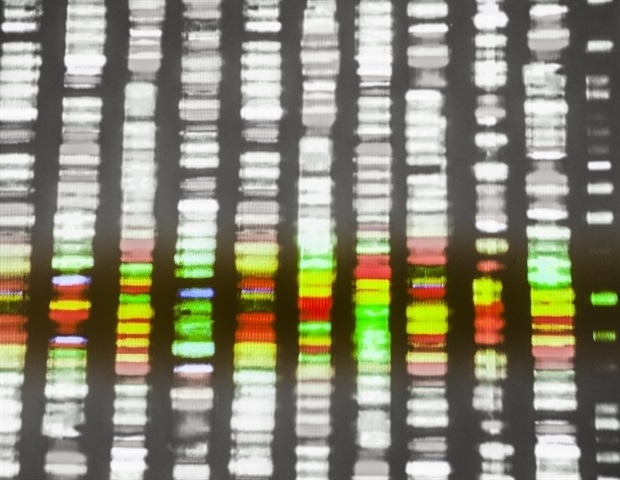
Deep DNA sequencing analysis conducted by Rutgers Cancer Institute of New Jersey investigators examining genomic differences within tumors for prediction of disease relapse in certain hematologic malignancies has identified small mutations. Results of the work are being presented at the American Society of Hematology Annual Meeting in Orlando this week by lead investigator Athena Kritharis, MD, hematologist/oncologist at Rutgers Cancer Institute. Dr. Kritharis, who is also an assistant professor of medicine at Rutgers Robert Wood Johnson Medical School, shares more about the work, which focused on acute myelogenous leukemia (AML) and high-risk myelodysplastic syndromes (MDS).
Q: Why is this topic important to explore?
A: Prognostication for acute myeloid leukemia can be challenging and complicate the pace and decision for allogeneic transplantation versus consolidation chemotherapy alone. Being able to study mutational data on a deeper level may help refine our decision making.
Q: Tell us about the work and what you and your colleagues found.
A: We analyzed the myeloid mutation profiles of patients with high risk MDS and AML (median age 55; four male, 14 female). Sixty-one percent of patients received standard induction therapy and 14 patients received consolidative allogeneic stem cell transplant, 93 percent of whom received it at first complete remission. With the median follow-up of 19 months, the median time to relapse in 28 percent of patients was 13 months (range, 8-15). In the relapsed patients, there was a median of one mutation (range, 0-2) reported by conventional variant calling methods at complete remission.
We utilized Bayesian deep DNA sequencing at allele frequencies of less than 2.5 percent that allowed us to identify additional coding mutations (range, 1-4) in four of these patients for whom sequencing data was available at this time point. It is important to note that some of these mutations were not detected at initial diagnostic sample and could be present in clones with higher fitness after treatment.
Q: Why are these results significant?
A: The additional mutations that were identified were not detected at initial diagnosis and could present more resistant clones that emerged after treatment. This would be at a crucial time point in measuring treatment response and could impact further therapy decisions. Continued analyses with deep-sequencing technology to identify relevant mutations at different treatment milestones are therefore of interest.
Rutgers Cancer Institute of New Jersey






No comments
Post a Comment